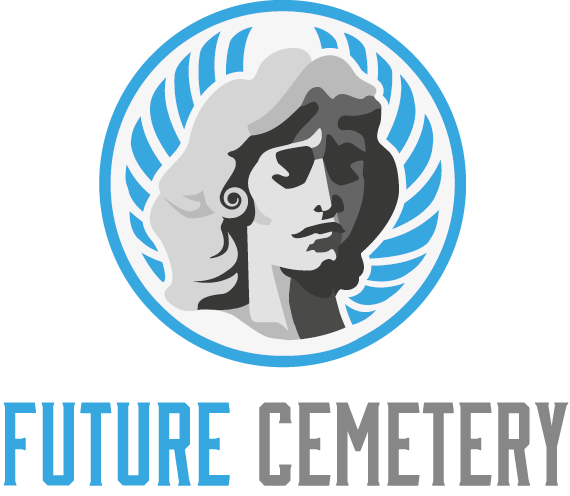Cemetery Design is the design of a cemetery. This can include landscape, monuments, columbariums and administrative buildings.
A good cemetery website should clearly differentiate pre-need and at-need services and efficiently walk visitors through the burial process. It also should be unique and reflect the community it serves. The ambiance should be serene and inviting.
Landscape Design
A cemetery’s landscape and architecture should be both beautiful and welcoming. It should be a space that comforts visitors and allows them to find peace.
The use of cultural elements in architecture is a great way to connect a community with the cemetery’s heritage. This may include adaptations of traditional architectural styles, materials, and construction techniques.
Using biomimetic design principles is another way to incorporate cultural elements into a cemetery’s architecture. This technique involves drawing inspiration from natural forms, systems, and processes to develop innovative architectural solutions.
A thoughtful design plan for a cemetery can help it retain its land value and attract families in the future. Cemetery master plans can also help identify potential issues and solutions before they become problems. For example, a master plan may recommend re-using older graves. This can cause controversy if there are local descendants that oppose the re-use of the graves. This is why it’s important to consider the needs of your community when creating a master plan for your cemetery.
Monument Design
A well-designed monument is a permanent reminder of a loved one’s life and legacy. Monument design starts with an understanding of the cemetery’s regulations and a discussion of how you’d like to memorialize your loved one. It’s important to consider whether you want a headstone or monument, which both include written information about your loved one but differ in size and structure.
After developing a concept, designers create sketches and drawings to bring the idea to life visually. Skilled monument designers welcome family input at this stage to ensure the design meets their vision and expectations.
Engraving is another popular customization technique, allowing families to include names, dates, and a personalized epitaph. Some monuments also feature sculptural elements that can represent a loved one’s personality or anecdotes. Incorporating color infill can also highlight certain text or designs for a more unique appearance. The final result is a design able to elicit positive emotions and foster an inclusive sense of community.
Columbarium Design
The columbarium combines traditional burial with cremation, providing a location to visit and remember loved ones. It can be found in cemeteries, funeral homes, religious institutions and memorial gardens. They are also popular in private settings.
Family members may choose to add special emblems and inscriptions to their loved one’s niche. This allows for personalization and can help to commemorate their values, hobbies, beliefs or interests.
In addition, many families choose to decorate their niche with flowers and other mementos of their loved ones. Some even choose to have their loved ones names engraved on a personalized granite niche cover.
It’s important to keep in mind that a columbarium is a place of reverence and respect. Visitors should wear clothing appropriate for the situation and follow the facility’s rules regarding photography, smoking, and what can and cannot be brought into the space. This will ensure a respectful and enjoyable experience for all. Additionally, it is important to research costs in your area before starting construction. This will allow you to set fair prices for your niches and avoid over-charging.
Administrative Building Design
A cemetery’s administrative buildings should offer comfort and support for families visiting graves. They should also be able to manage operations and maintenance costs.
A well-considered circulation plan defines how a space functions and how people move through it. It helps achieve the desired atmosphere for a space and increases visitor safety and satisfaction.
Scenic vistas can frame beautiful spaces within a cemetery and provide focal points that help to create a sense of place. These views can be enhanced with thoughtfully designed landscape features such as trees, fountains, and paving patterns.
Some contemporary cemeteries are exploring the concept of natural burial, which is a form of entombment that allows bodies to return to nature more quickly than conventional burials. This approach has a potential to reduce operation costs and help the cemetery become more sustainable for future generations. It also offers an alternative that may be more culturally acceptable to many.
